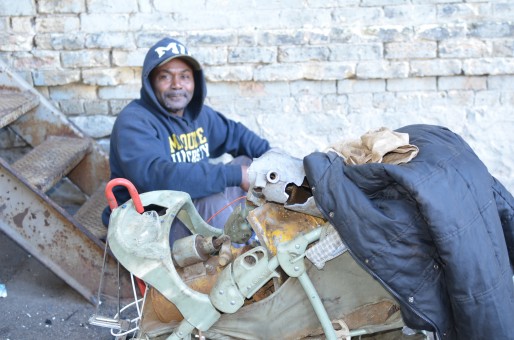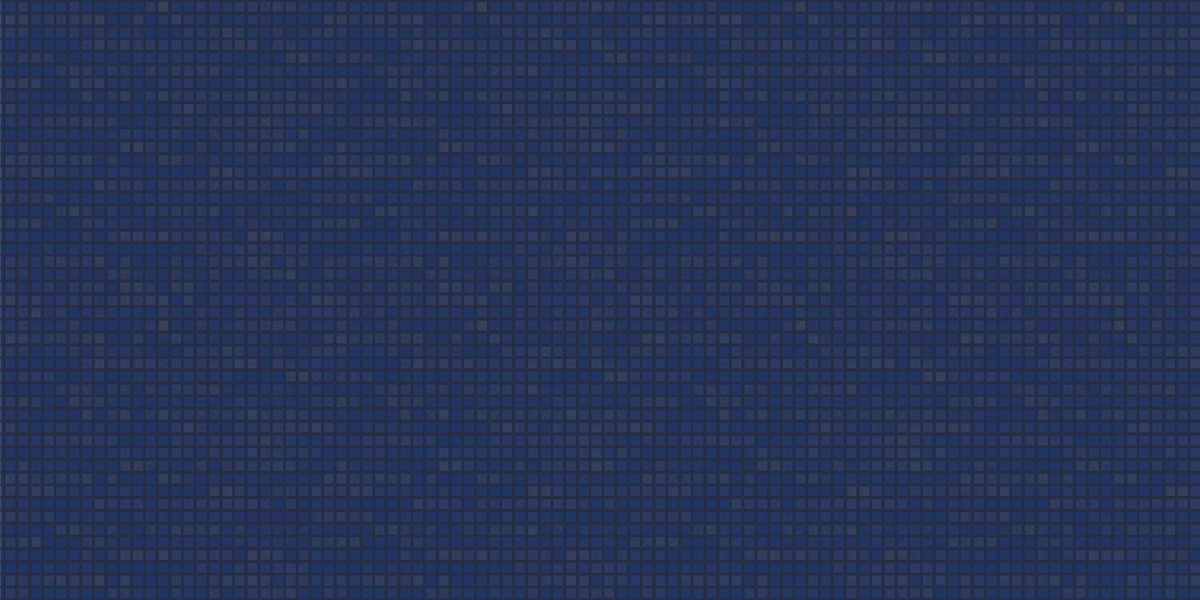Marquette University is one of the 2015-16 winners of the Challenge Fund for Innovation in Journalism Education. See all 11 winners and the Honorable Mentions.
Partners
- Milwaukee Neighborhood News Service (NNS)
Team
- Sharon McGowan, Editor, Milwaukee Neighborhood News Service, @sharon1mcgowan
- Tony Shields, Executive Director, United Neighborhood Centers of Milwaukee, @tonyshieldsmil
- Matt Richardson, CEO/Visioneer, SmartWave Consulting, @smartwavetech; founder, Milwaukee Data Initiative, @datamke
- Dave Umhoefer, Reporter, Milwaukee Journal Sentinel; adjunct instructor at Diederich College of Communication, @GovWatcher, @Umhoefer
- Dwayne Burtin, Web Producer, Office of Marketing and Communication, Marquette University, @therealwayno
- Lori Bergen, Dean, Diederich College of Communication, Marquette University, @LoriBergen
- John Pauly, Professor and Chair, Department of Journalism and Media Studies, Diederich College of Communication, Marquette University, @john__pauly
- James Brust, Director, Wakerly Media Lab for Innovation & Creativity, Diederich College of Communication, Marquette University, @radione
- James Scotton, Associate Professor, Journalism and Media Studies, Diederich College of Communication, Marquette University, @scottonj
- Herbert Lowe, Professional in Residence, Journalism and Media Studies, Diederich College of Communication, Marquette University, @herbertlowe
Describe your project as a tweet
A single source for local poverty data can stimulate reporting and community action to address problems facing the poor in Milwaukee.
What are you going to test?
We are going to test whether creating a searchable, sortable database related to poverty issues can stimulate reporting and community action that would drive progress and ultimately improve lives in Milwaukee’s central city. The data would be accessed through Milwaukee Neighborhood News Service and be available to the public, journalists and journalism students on any device capable of Internet access.
How will the experiment be conducted?
We will create a searchable, sortable database of data on poverty issues. Data would include employment/unemployment rates; poverty by race, gender and neighborhood; incarceration rates; health statistics including morbidity and mortality, lead poisoning, substance abuse, asthma; and education statistics such as student achievement; drop-out and truancy rates. Analyzing the data will result in fact-based enterprise stories on a wide range of topics. Milwaukee Neighborhood News Service and reporters at other news organizations will use this information to enhance their reporting about inner city neighborhoods in Milwaukee. Journalists will be able to use the data visualization tools to create charts, tables, maps and infographics.
Journalism classes at Diederich could use the database to teach students data analytics skills and to enhance their reporting by going beyond the anecdotal. Student journalists will learn early in their careers how to incorporate data into enterprise stories, investigative pieces and feature stories.

How will you know if it worked or not?
We will be able to quantify the number of stories that use data from the database. Through surveys and interviews, we will find out how valuable the availability of the database is to journalists, students, nonprofits and community members. Ultimately, we would see programs and policies that have been informed by the knowledge gained from analyzing the data.
How is this project unique and innovative?
No data repository related to poverty issues exists now in Milwaukee. While in the past nonprofit organizations had access to verified data provided by the Nonprofit Center of Milwaukee, that is no longer the case. Another unique aspect is that an established group of partners with a track record of creating a well-respected, objective news organization (NNS) are collaborating to make it a reality. The technology solutions that we are employing to standardize data, make it publicly available and connect it to data visualization tools are innovative; combined they may be unique.
What technology platforms will you use?
The project leverages work previously done by the Milwaukee Data Initiative, a grassroots effort to persuade organizations in the private, nonprofit and public sectors to adopt data sharing standards. It will use the open source data catalogue system, CKAN, in conjunction with the open source data visualization system, WEAVE. These platforms will be deployed on a server using standard web hosting infrastructure, provided externally in the pilot phase.
How might this experiment change teaching at your school or media practices in your partner’s newsroom?
If this project goes forward, reporting classes at Diederich would be ahead of the curve in teaching data analytics based on real, relevant local data. Students also could be involved in identifying datasets that could be added to the database. The project could stimulate changes and additions to the curriculum that would prepare students to work in a 21st century newsroom.
NNS would never look at reporting in the same way again. The data would inform nearly every story NNS produces, since it would be readily accessible on deadline. Most stories would include infographics, charts, maps and other data visualization tools to present the information in ways that make it easier to grasp.
What could go wrong?
We envision three types of challenges:
- Gaps in data. As we seek out raw data, we cannot be sure that all data that we expect to make available actually exists in a usable form. Over time, we would plan to continually increase the amount of data we can make available.
- Technical issues. Technical challenges include ensuring that the datasets, which will come from multiple sources, are consistent. The Milwaukee Data Initiative has been working with the City of Milwaukee to develop open data policies to make data more accessible, which should mitigate that challenge. There will be a need for technical expertise regarding data mining/cleaning, training and support of the applications.
- Awareness. Once the database is up and running, we will want the public to take advantage of it. Aside from publicizing its availability on our site, we will work with the university and our community partners to ensure that as many community members as possible have access to the data we will store.

